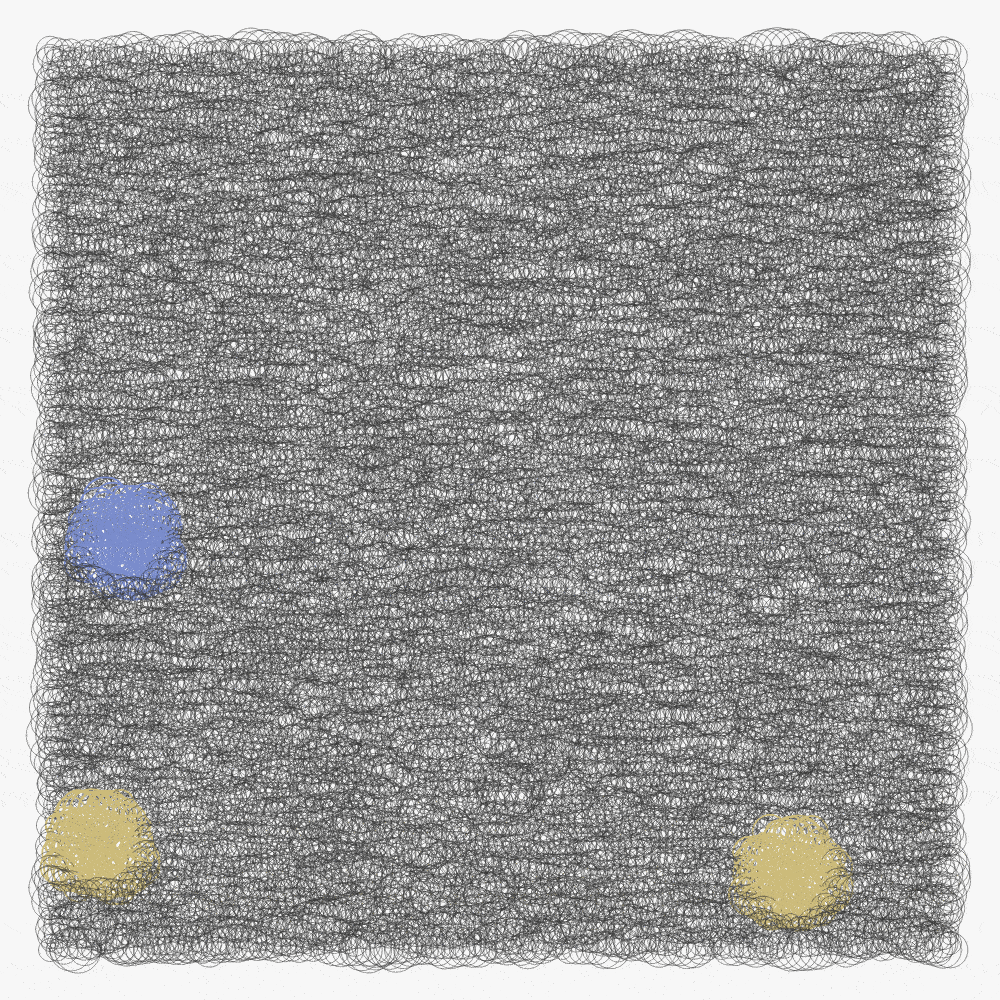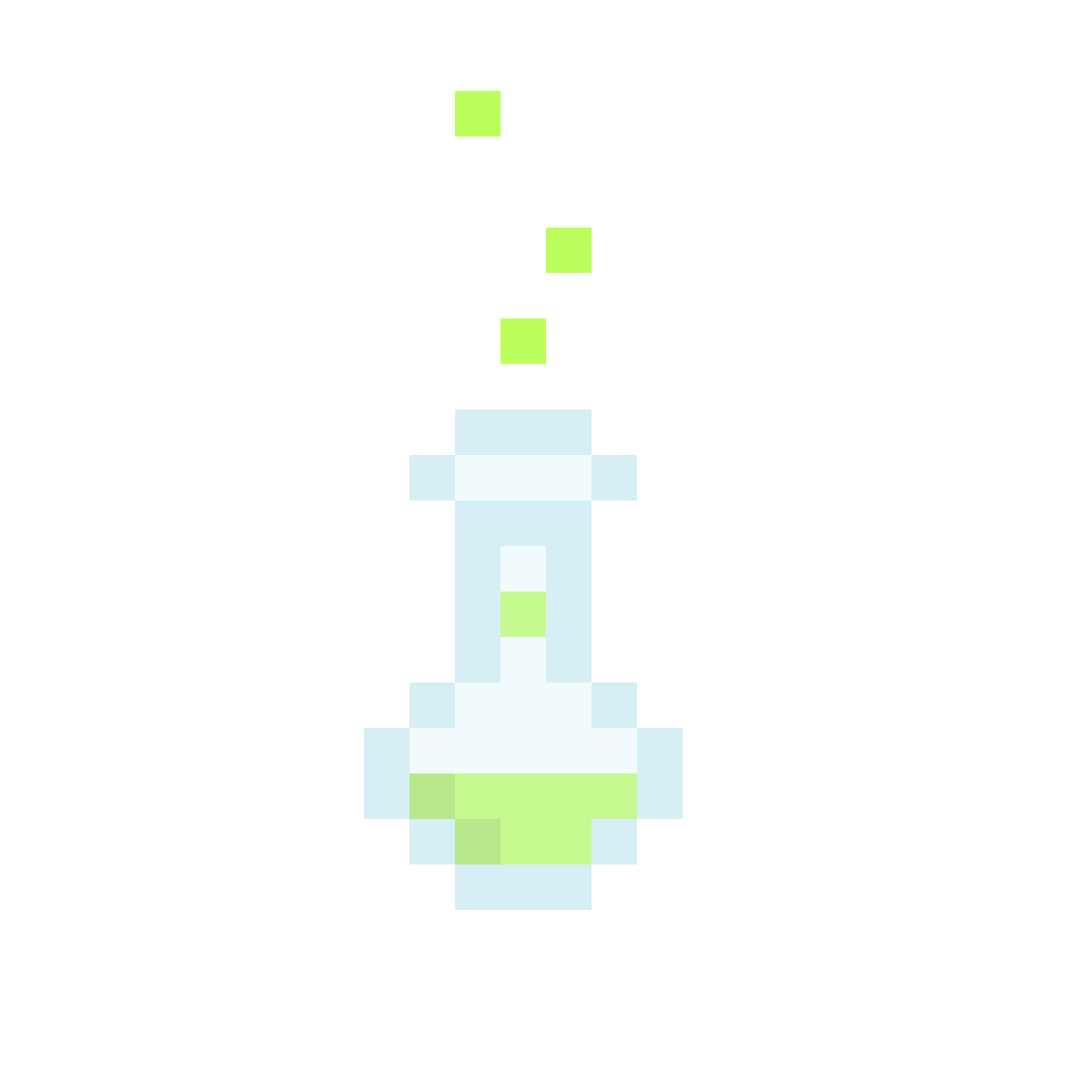ChemScripts: Synthesizing Chemical Molecules as Generative Artworks on the Ethereum Blockchain
Published: 22nd of January 2022
1. From Atoms to Molecules
In February 2021, the first ElementBlocks NFTs went live with the goal to bring all the chemical elements to the Ethereum Blockchain. Those 118 elements characterize a significant part of humanity's scientific achievements.
As a whole, the ElementBlocks NFT collection is a performance artwork that brings science and art a step closer together.
In a similar way in which chemical elements form molecules in the real world, the idea behind ChemScripts is to build on top of ElementBlocks on an artistic level - introducing “onchain molecules”.
2. Generative Art and Onchain NFTs
Art often tends to be one of the first applications of new tools and technology. When computers arose it was inevitable that they would be used to generate artworks.
Georg Nees pioneered the first exhibit for computer-generated art in 1965. He wrote an algorithm for “statistical graphics” on a digital computer which was then put into punched paper tape to control the Zuse Graphomat Z64 - an automatic drawing machine.
With this, a new paradigm emerged where creators would define a general set of rules and apply them to different conditions to make an artwork.
One hurdle to overcome was that in theory there could be an infinite amount of artworks produced by an algorithm. Tyler Hobbs, who has been a shaping force in modern generative art, circumvented this by selecting a few favorites and selling them as print editions initially.
Since its origins, generative art has been more a niche category that was mainly ignored by the traditional art world.
The recent rise of blockchain technology has changed this and enabled a new era for generative art. A pivotal moment was when Erick Calderon (aka Snowfro) launched Art Blocks in November 2020, a platform that would allow generative artists to upload a code snippet that creates artworks that could be minted as NFTs.
While the majority of NFTs just point to a centralized API or an IPFS hash for their metadata and even the image, a movement within the NFT scene has emerged that praises storing more of the actual artwork on the blockchain.
Higher quality NFT projects tend to do so to ensure the longevity of their artworks. CryptoPunks stored a cryptographic key of an image with all the punks in their contract, Art Blocks stores the algorithm that generates the image on the chain, and Avastars even store the whole SVG code that generates their avatar images on Ethereum.
Those pioneers paved the way for many creators. What is to come, is building on the shoulders of their work.
3. Introducing ChemScripts
ChemScripts aims to bring art and science closer together by turning chemical molecules into generative art.
Its smart contract permanently stores a script on the Ethereum blockchain from which the molecule images are created. Collectors can then mint molecules as NFTs up to a limited supply and thus own unique generative artworks of them.
Only molecules that are known to humanity can be minted but among those, there are no limits.
To ensure uniqueness and longevity of the NFTs, the molecule’s name, its formula, and a hashed unique identifier key are all stored as onchain metadata along with the token. This data together with the script, some technical knowledge, and the mint transaction hash are sufficient to reproduce the image.
Each NFT is an artistic interpretation of chemical properties of the molecule while also having a set of traits that are generated randomly on mint and influence rarity.

To stay up to date:
- Twitter: ElementBlocks
- Discord: ElementBlocks
